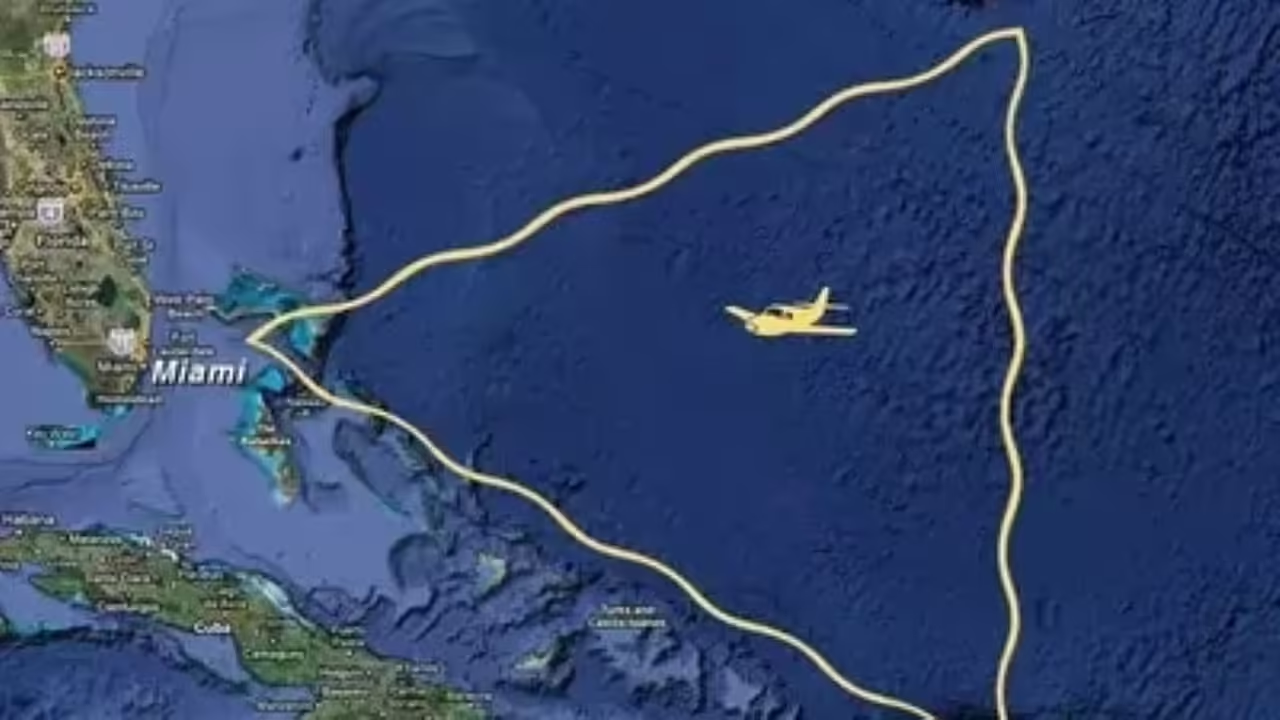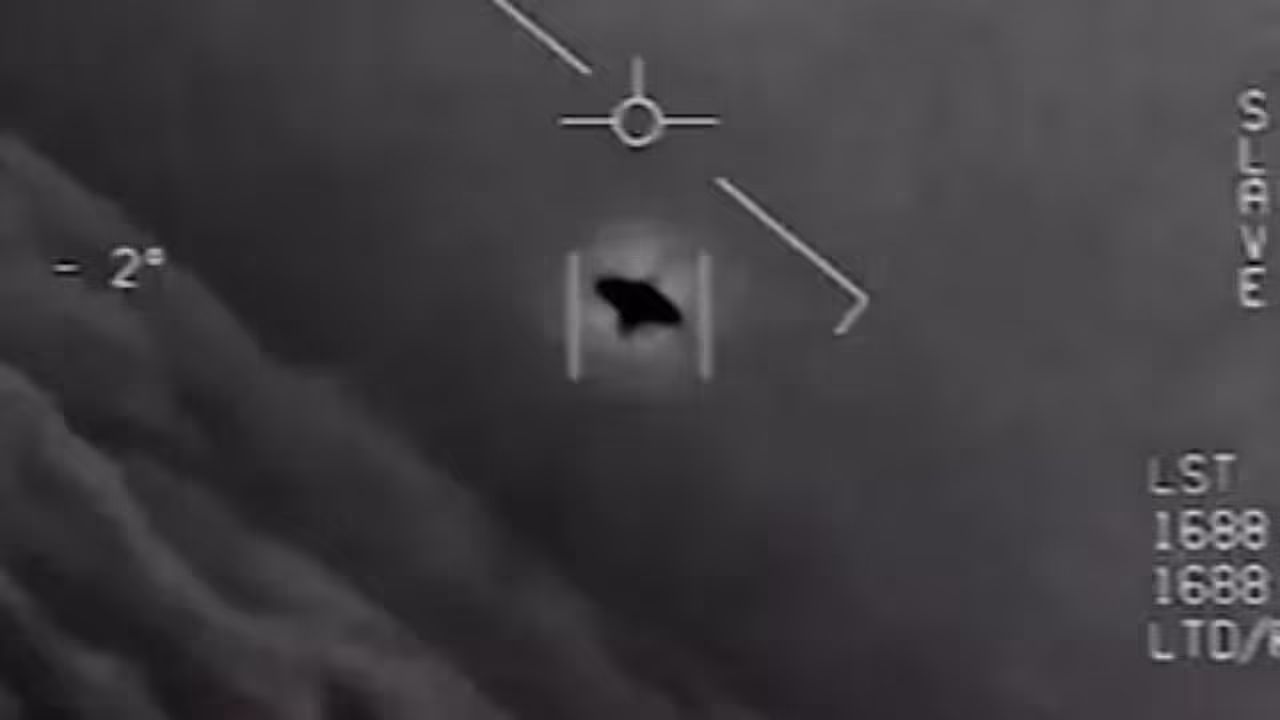
The vast and mysterious expanse of the world’s oceans has intrigued and captivated humanity for centuries. From the moment early seafarers set sail on wooden vessels, to the more recent feats of modern marine technology, the ocean has always beckoned with the allure of the unknown. Today, as we stand on the cusp of a new era in ocean exploration, we are poised to dive deeper into the watery depths than ever before. The future of ocean exploration promises to be nothing short of revolutionary, and we are embarking on a journey into uncharted territories.
The Revolution of Autonomous Submarines
One of the most exciting developments in the realm of ocean exploration is the rise of autonomous submarines. These sophisticated underwater vehicles are equipped with cutting-edge technology that allows them to navigate the ocean’s depths with precision and independence. They are not only capable of withstanding immense pressure but are also equipped with a myriad of sensors and cameras that provide us with a front-row seat to the wonders of the deep.
These autonomous submarines can reach depths that were once thought inaccessible and can remain submerged for extended periods. They are revolutionizing our understanding of marine life, geology, and ecosystems in ways that were previously inconceivable. As we venture further into the abyss, these remarkable machines are our eyes and ears, unlocking the secrets of the ocean floor and the creatures that call it home.
Visionary Concepts: Subaquatic Cities
While the exploration of the ocean’s depths is a journey that scientists and researchers eagerly undertake, it’s not just about knowledge and discovery. The concept of subaquatic cities has emerged as a visionary idea that could reshape the way we interact with the ocean. Imagine a world where human settlements are not limited to the land but extend into the depths of the sea. It may sound like science fiction, but the technology and sustainable practices required for such an endeavor are rapidly developing.
These cities would serve not only as research hubs but also as a testament to human innovation and adaptability. They could house communities, research facilities, and even agriculture, opening up a new frontier for human habitation. As we explore this concept further, the potential for subaquatic cities becomes an exciting prospect on the horizon of ocean exploration.
Challenges and Conservation
However, as we embark on this voyage into uncharted waters, we must also be acutely aware of the challenges and responsibilities that come with it. The oceans are delicate ecosystems, and our actions can have far-reaching consequences. Conservation efforts and sustainable practices are imperative to ensure the health of our marine environment. Exploring the depths of the ocean is not just about satisfying our curiosity; it’s about understanding, preserving, and protecting this vital part of our planet.
Advancements in Submarine Technology: The Revolution of Autonomous Submarines
In the realm of ocean exploration, a profound revolution is underway, and it is being spearheaded by autonomous submarines. These cutting-edge underwater vehicles are pushing the boundaries of what was once thought possible, transforming the way we understand and interact with the ocean’s enigmatic depths.
Navigating the Abyss: The Rise of Autonomous Submarines
Autonomous submarines are not just vessels of the future; they are a reality today. These remarkable machines represent a fusion of cutting-edge technology and engineering ingenuity. Equipped with state-of-the-art sensors, cameras, and autonomous navigation systems, they are changing the game in ocean exploration.
One of the key advantages of autonomous submarines is their ability to plunge to extreme depths that were once considered inaccessible to human explorers. These submarines withstand tremendous pressures and navigate through treacherous underwater terrains with precision. They are our steadfast companions in the quest to unveil the secrets of the ocean’s abyss.
Unlocking the Deep: The Power of Technology
With their advanced instrumentation, autonomous submarines serve as our eyes and ears beneath the waves. They provide us with high-resolution imagery and real-time data, shedding light on the mysteries of the deep. As they delve into underwater canyons, explore hydrothermal vents, and descend into the deepest trenches, they reveal a world of astonishing biodiversity, geological formations, and undiscovered life forms.
Furthermore, the integration of artificial intelligence and machine learning allows these submarines to adapt to their surroundings, identify unique ecosystems, and conduct intricate research autonomously. As a result, our understanding of the ocean’s complex ecosystems is expanding, offering invaluable insights for science, conservation, and resource management.
The Future of Ocean Exploration
As we embrace this technological revolution in ocean exploration, the possibilities seem boundless. Autonomous submarines are paving the way for an era of discovery that is reshaping our understanding of the ocean’s profound significance. They are enabling us to observe marine life in its natural habitat, conduct mineral surveys, and even assess the impacts of climate change on marine environments.
With each journey into the abyss, we inch closer to answering age-old questions about our planet’s past, present, and future. As technology advances and our knowledge deepens, the era of autonomous submarines promises to unveil the most intimate secrets of the oceans, ushering in a new chapter in our relationship with the world’s final frontier. As we continue to explore the uncharted waters of the deep sea, we set our sights on the remarkable discoveries yet to come, all made possible by the remarkable revolution of autonomous submarines.
Subaquatic Cities: A Dream Turned Reality
The concept of subaquatic cities, once relegated to the realm of science fiction, is now emerging as a tangible and visionary possibility. These underwater metropolises offer a unique perspective on the future of human habitation and are emblematic of our ever-evolving relationship with the ocean.
Peering into the Future: Visions of Subaquatic Cities
For generations, humanity has imagined what it would be like to live beneath the waves, and now, the dream of subaquatic cities is edging closer to reality. As overpopulation and climate change become increasingly pressing concerns, our focus has shifted towards the creation of alternative living spaces. Subaquatic cities offer a solution that is as imaginative as it is practical.
These futuristic cities would be designed to thrive in the ocean’s depths, complete with the infrastructure to support human life. While still in the conceptual stages, architects, engineers, and scientists are already envisioning how these cities might be constructed and powered, using cutting-edge technology and sustainable practices.
Sustainability Below the Surface: Designing Deep-Ocean Habitats
Sustainability is at the heart of subaquatic city design. These habitats would need to be self-sufficient, with renewable energy sources, efficient waste management systems, and environmentally conscious construction materials. The integration of aquaculture for food production, as well as harnessing the power of ocean currents and thermal gradients for energy, are key components of these futuristic designs.
Furthermore, the architectural and engineering challenges posed by subaquatic cities require innovative solutions. The construction of these habitats would need to withstand the immense pressures of the deep-sea environment and provide a comfortable living space for residents.
Exploring the Mysteries of Oceanic Depths
The vast and enigmatic depths of the world’s oceans have long been a source of fascination and intrigue. As we journey into these uncharted territories, we uncover a trove of mesmerizing discoveries, from the deep-sea trenches to the intricate biodiversity that thrives in the darkest corners of the ocean.
Unveiling the Enigma: Fascinating Discoveries in Oceanic Trenches
Oceanic trenches are among the most mysterious and captivating features of our planet. These chasms, hidden beneath miles of water, have proven to be treasure troves of scientific wonder. Explorations of the Mariana Trench, the Challenger Deep, and other deep-sea crevices have led to the revelation of unique ecosystems and geologic formations.
One of the most astonishing discoveries is the presence of life at extreme depths where sunlight cannot penetrate. Unique species of fish, strange creatures, and thermal vent ecosystems defy conventional wisdom, challenging our understanding of the boundaries of life on Earth. These discoveries open up new frontiers in marine biology, evolutionary studies, and astrobiology.
Probing the Abyss: Investigating Deep-Sea Biodiversity
The deep-sea environment is a tapestry of biodiversity, rich with life forms that are specially adapted to the extreme conditions of the ocean’s depths. From the bioluminescent organisms that light up the inky darkness to the ancient and elusive species that call the abyss their home, these ecosystems are a testament to nature’s resilience and adaptability.
Recent explorations, aided by advanced technology, have illuminated the intricate relationships between these species and their surroundings. Studying deep-sea biodiversity has profound implications for our understanding of ecology and for the potential discovery of new compounds and organisms with medical and industrial applications.
Global Collaboration in Ocean Exploration
The world’s oceans, covering over 70% of our planet’s surface, are not bound by political borders. They are shared by all nations, and the health of these vast bodies of water is a collective responsibility. Global collaboration in ocean exploration is not just a noble endeavor; it is a necessity. By uniting efforts, we can better preserve and protect our oceans, and this cooperative spirit is especially evident in international submarine research.
Joining Forces to Preserve the Oceans
The oceans face a myriad of challenges, from plastic pollution to overfishing and the impacts of climate change. Addressing these challenges requires a united front, where nations, organizations, and scientists work hand in hand to protect this invaluable resource.
International agreements, such as the United Nations Convention on the Law of the Sea, provide a legal framework for cooperation in the management and conservation of the world’s oceans. These agreements underscore the importance of joint efforts in research, exploration, and conservation. Initiatives like the Paris Agreement also highlight the need for coordinated action to combat climate change, which has profound consequences for ocean ecosystems.
Cooperation in Submarine Research
One of the most striking examples of global cooperation is evident in submarine research. Oceanographic institutes, research vessels, and submarines are often the result of multinational efforts. Researchers from various countries collaborate on missions to explore the mysteries of the deep, investigate marine biodiversity, and monitor the health of our oceans.
Moreover, international programs like the International Ocean Discovery Program (IODP) involve scientists from all over the world in uncovering the secrets of the ocean floor. Through partnerships, funding, and shared resources, these missions not only enhance our understanding of the oceans but also foster goodwill and diplomatic ties among nations.







